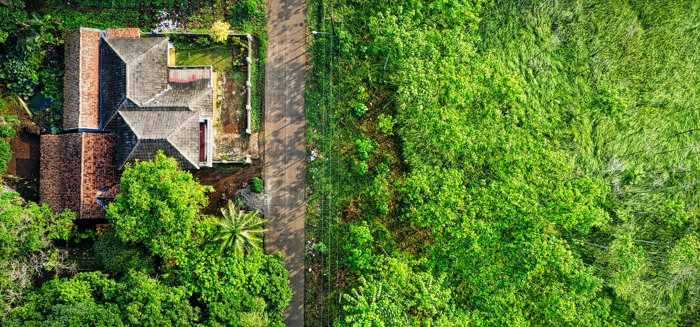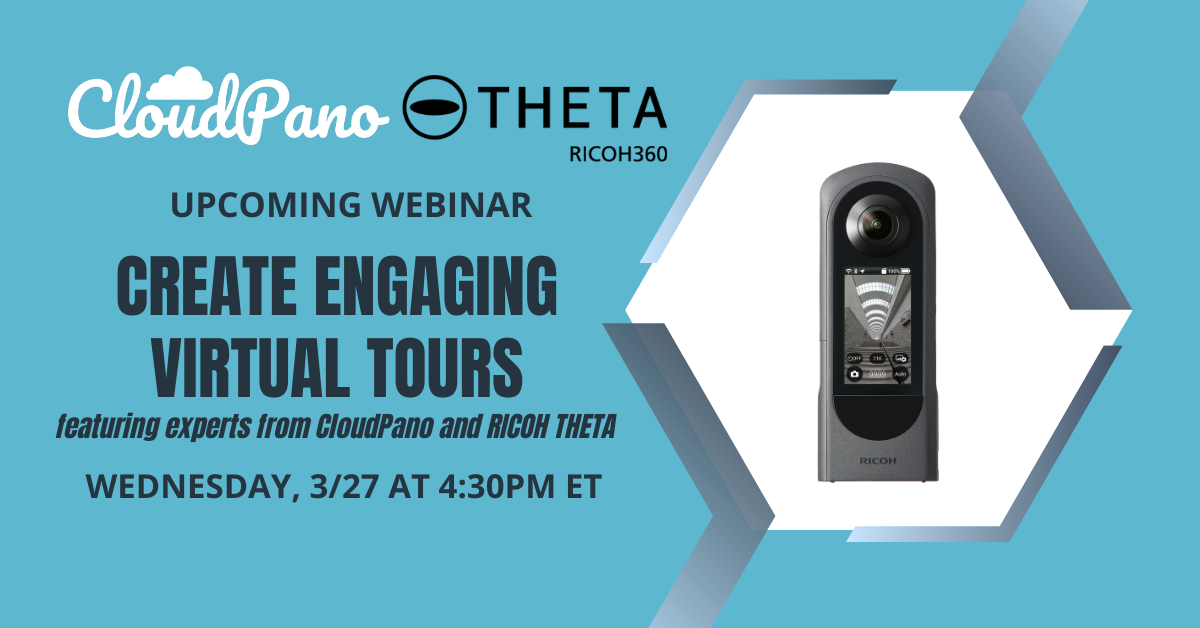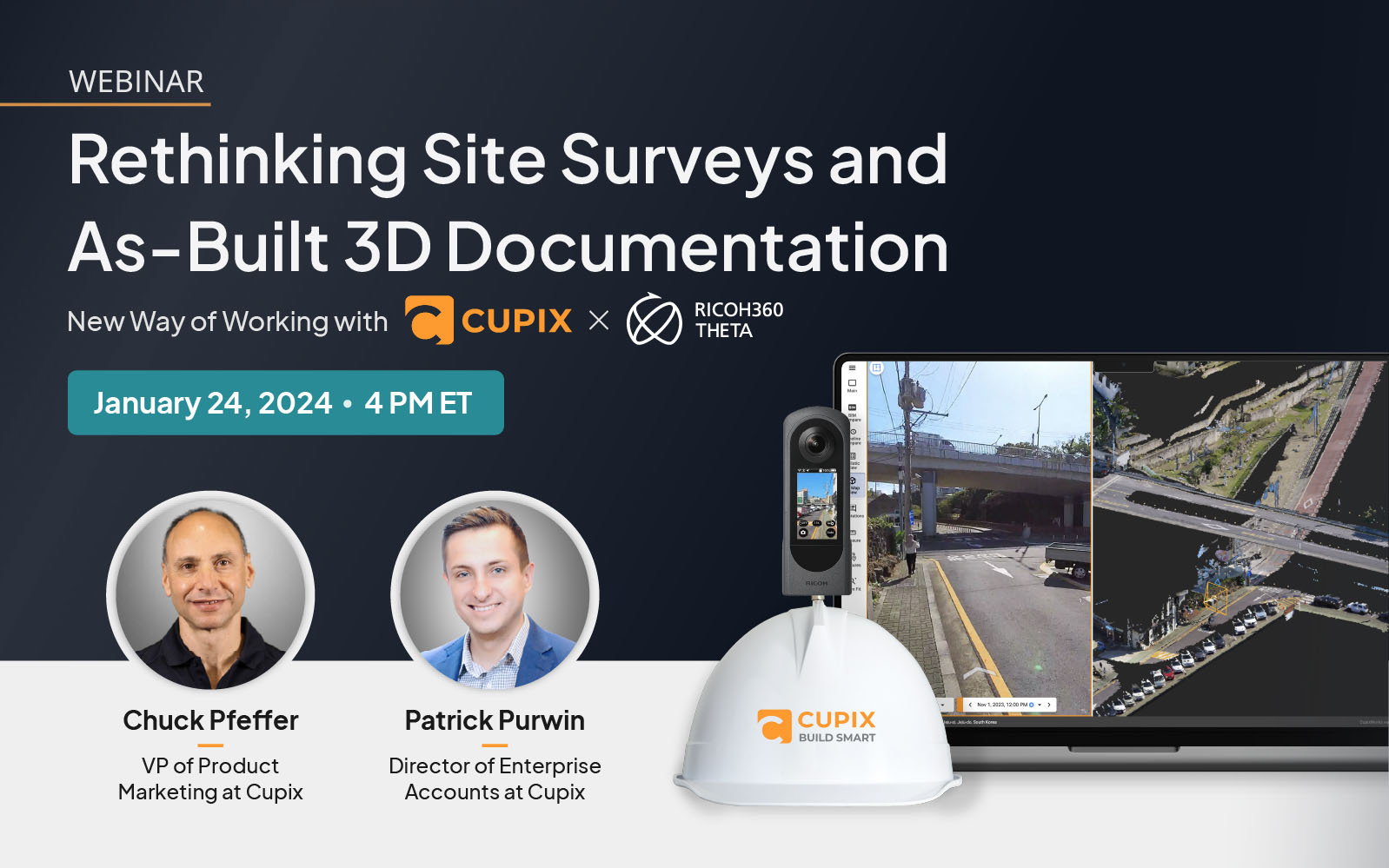Intro
Real estate photography is an exciting and lucrative business for any photographer looking to diversify their business model. But with so many types of equipment, backdrops, and lighting systems out there, it can be difficult to know which pieces of equipment are the best for real estate photography. We’re going to cover all the aspects of what equipment you will need to get started with your own real estate photography business.
Must-Have Camera Resources For Real Estate Photographers

The world of real estate photography is expanding rapidly, with more and more professional photographers turning their attention to the high-end niche.
This is largely due to the increasing demand for high-quality images of homes and commercial spaces, as well as the recognition that these properties are best represented by trained specialists equipped with the right tools.
There are many different types of cameras on the market that real estate photographers can choose from, but not all are equal in terms of quality and value. Some have special features that make them ideal choices for certain jobs while others fall short when it comes to capturing the true beauty of a space.
Whether you are considering your first real estate shoot or looking at upgrading your current equipment, here are some of the must-have camera resources for real estate photographers:
Digital SLR
DSLR cameras allow you to capture high-quality images with a wide range of customization options. With the right camera gear and techniques, you can create impressive shots that show off the best features of any property.
They offer excellent image quality, but they can be expensive. Some digital SLRs also require you to change lenses to take pictures in different situations. If you're just starting as a Real Estate Photographer you'll want to start with an entry-level DSLR camera. There are plenty of options that include the ability to take great photos and videos for under $1000.
Mirrorless
They've been used in many situations and have proven to be adaptable for most conditions. These cameras have revolutionized photography in general, and real estate photography is no exception.
Real estate photographers can use mirrorless cameras for shooting real estate photos both inside and outside. Some of the advantages to using a mirrorless camera include:
- Faster Shooting
- Faster Autofocus
- Better ISO Performance (noise)
- Smaller Size & Weight
- Less Expensive (generally)
- More Lens Options
The Best Lenses For Real Estate Photography

If you're looking to capture the best images of your clients' homes and properties, it's important to have the right equipment. The right lens can help you capture a wide spectrum of shots, from landscapes to close-ups. It doesn't matter if you're shooting interiors or exteriors, these are the best lenses for real estate photography:
Wide Angle Lenses
As the technologies of photography continue to develop, we find more and more opportunities to create beautiful photos. We search for new ways to create a perfect shot, and one of them is getting lenses for real estate photography.
When it comes to capturing interiors of homes these lenses come in handy by allowing the photographer to capture a wider area of space without having to step back too far from the focal point. This is also helpful when trying to capture rooms that are smaller in size or have a lot of furniture.
Tilt-Shift Lenses
The tilt-shift lens is a specialized piece of glass that has been used by commercial photographers since the 1960s, but has only recently become popular with real estate photography.
A tilt-shift lens gives you two unique photographic effects:
- The ability to tilt the plane of focus to get an infinite depth of field. Most lenses have a fixed plane of focus, but with a tilt-shift you can move the plane of focus up or down. A traditional lens will have a fixed plane of focus, while a tilt/shift lens allows you to adjust the plane of focus so that both foreground and background objects are in focus.
- The ability to shift the lens. With most lenses, if you try to point your camera up at a tall building, you'll see that the bottom of the building is distorted (converging lines) and looks like it's leaning back or falling over. This is because most lenses are designed to look straight ahead (i.e., parallel) when they're pointed straight ahead. When you point your camera up at tall buildings, you're no longer looking parallel. The tilt-shift lens allows you to avoid this distortion so that your images show straight lines instead of distorting the subject
A List Of Flash And Accessories For Real Estate Photography

There are many types of flash accessories that can be used in real estate photography and videography. Some of them include; reflectors, diffusers, softboxes, and many more. Choosing the right one depends on what exactly you want to do with your photos and videos; whether you are looking to create a certain mood or atmosphere or if you just want to highlight certain features of the property to sell it better.
Flash
Flash is a must-have accessory for real estate photography. You will never be able to get good exposure by relying on ambient light alone. Flash provides you with the power to illuminate the dark areas of your home or business. If you do not have a flash, you will have to use a tripod to achieve the same results that flash can provide.
Remote Trigger
For professional real estate photographers, a good remote trigger is essential for getting crisp, clean, and consistent photos. It can be difficult to press the shutter button on your camera without moving the camera itself, especially if you are trying to take long exposures.
A good remote trigger will also let you use longer exposures in general. This lets you take photos with a smaller aperture to get more of the scene in focus. And it lets you take better photos in low-light situations or indoors.
If you want to use external flashes for real estate photography, a good remote trigger will let you do that too.
What To Look For When Buying A Tripod For Real Estate Photography

Not all tripod heads are created equal.
In real estate photography, a tripod head is used to make quick adjustments and to rotate the camera during the shoot. The most common types of tripod heads in real estate photography are ball heads, 3-way pan-tilt heads, and geared heads.
Ball Heads
Ball heads have become more and more popular in recent years among real estate photographers because they are lightweight and easy to use. They offer fast adjustments and are extremely robust. Ball heads are not very precise though, and you can't move the camera with the same precision as with a geared head or a 3-way pan-tilt head, which makes them unsuitable for architectural or interior photography.
3-Way Pan-Tilt Heads
3-Way pan-tilt heads offer a lot of control over your composition, but they can be quite cumbersome to use. They allow you to move the camera freely in three different directions (horizontal, vertical, and lateral). This movement can be very useful in real estate videography, where you can create smooth pans and tilts without moving the entire tripod.
Why 360 Cameras Are Essential for Real Estate Photography

Nowadays, everything revolves around first impressions, and real estate is no different. A well-crafted listing can be the key to a quick sale and happy clients.
The 360 camera has become an essential tool for real estate photographers looking to enhance their listings and attract more buyers. Consumers expect more from a property listing than ever before. They want as much information as possible, without having to ask a single question.
RICOH THETA is a smart choice to shoot 360 photos. You can capture the whole room at a single push of a button, without having to worry about the angle, tilt, and other settings.
Why 360 Cameras?
As a real estate photographer, you're likely already familiar with the other types of photography services you can offer to your clients. You may be wondering why 360 cameras are essential for real estate photography.
360 photos are an excellent way to showcase what it’s like to be inside the home when buyers can’t physically visit it yet. They allow the consumer to get a feel for what it would be like in person while they’re shopping online or before they schedule a showing appointment.
It's no secret that most consumers start their home search online. The majority of them research homes on their phone before contacting an agent or visiting in person. To convert these shoppers into leads, you have to give them a great experience on mobile devices.
Drone Photography—The Next Phase In Real Estate Marketing

When you have a luxury home with expansive acreage or land and impressive architectural features, using a drone can help you show off the best parts of the property. Whether you’re selling an incredible waterfront mansion or an estate surrounded by vineyards, a drone can help you show off just how unique the property is. If your local area has laws against using drones, consider hiring someone who has the proper legal clearance to capture these images for you.
By taking our photography to new heights, we can provide a wide range of perspectives that is not possible by traditional means. The use of drones creates breathtaking aerial shots that will make your property stand out from the rest.
With their ability to reach areas that would otherwise be inaccessible, drones allow us to capture images and videos which show the location and surroundings of your property like never before.
The Top 3 Editing Tools For Real Estate Photography
Digital photography and professional photo editing tools have been game-changers for real estate photographers.
Lightroom is a complete photography toolkit that helps you work faster and create beautiful images. It’s designed for professional photographers and photo enthusiasts who want to perfect their photos and do so quickly. Lightroom has many of the same capabilities as Photoshop, but it is more focused on digital photography, rather than graphic design, photo manipulation, and image creation.
Photoshop is the gold standard for image editing software and is used by professional photographers around the world. It offers advanced functions like layer editing, vector illustration, 3D modeling, and digital painting. And while Photoshop can be used to edit photos and create graphics from scratch, it also works well in conjunction with Lightroom to retouch photos taken from your camera or smartphone.
RICOH 360 Tours makes it easy to create virtual tours on the fly. You can create one in as little as 5 minutes. With a 360 camera such as RICOH THETA, capture a 360 photo and let the app automatically create a virtual tour for you. You can share virtual tours immediately on your website or with your clients.
Summary
The real estate industry is growing faster than ever, and chances are that the business of real estate photography will grow 2x faster than the market. The 2020s will see a real estate marketing shift from traditional print material to online platforms, or at least a hybrid of both. Ads and brochures will continue to exist, but will be used less frequently. On the back of this, there will be a rise in demand for services like hybrid property staging (virtual + in-person), drone photography.
Promotion Now!
Sign up for RICOH360 Tours Pro/Business plan and get RICOH THETA SC2 for FREE!
Accelerate your business with RICOH360 Tours!



%20(7).webp)
.jpg)




.svg)




